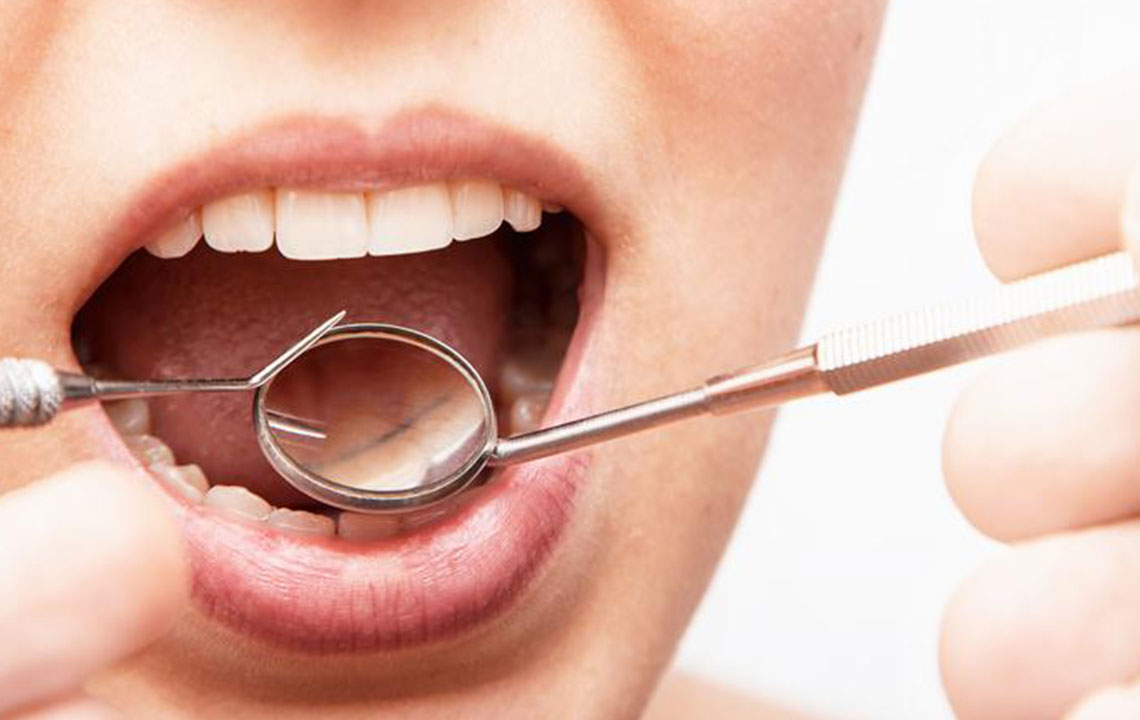Understanding TMJ Disorder: Causes, Symptoms, and Treatment Options
This article provides a comprehensive overview of TMJ disorder, including its causes, symptoms, and various treatment options. It emphasizes the importance of early diagnosis and conservative therapies to manage jaw pain and restore proper function effectively.
Sponsored

The temporomandibular joint (TMJ) is a vital hinge connecting your jaw to the skull's temporal bones, located just in front of each ear. This joint allows you to move your jaw for talking, chewing, and yawning. When problems arise in this area, it results in a condition known as temporomandibular disorder (TMD) or TMJ disorder.
TMJ issues typically stem from jaw injuries, impact to the face, or muscle strain. Common causes include disc dislocation within the joint, arthritis, teeth grinding, clenching under stress, and muscle tension. Symptoms often involve facial pain, difficulty opening the mouth wide, jaw locking, and clicking or popping sounds during jaw movement.
The main objective of TMJ treatment is to restore normal jaw function and reduce discomfort. Conservative treatments such as over-the-counter pain relievers and self-care are usually the first step. For persistent issues, therapies like muscle relaxation, biofeedback, or cognitive behavioral therapy are effective. Dental splints or mouth guards can also help alleviate tension and stabilize the jaw, especially when discs are displaced or spasms occur. Wearing these devices consistently, especially at night, helps manage symptoms and prevent further complications.





